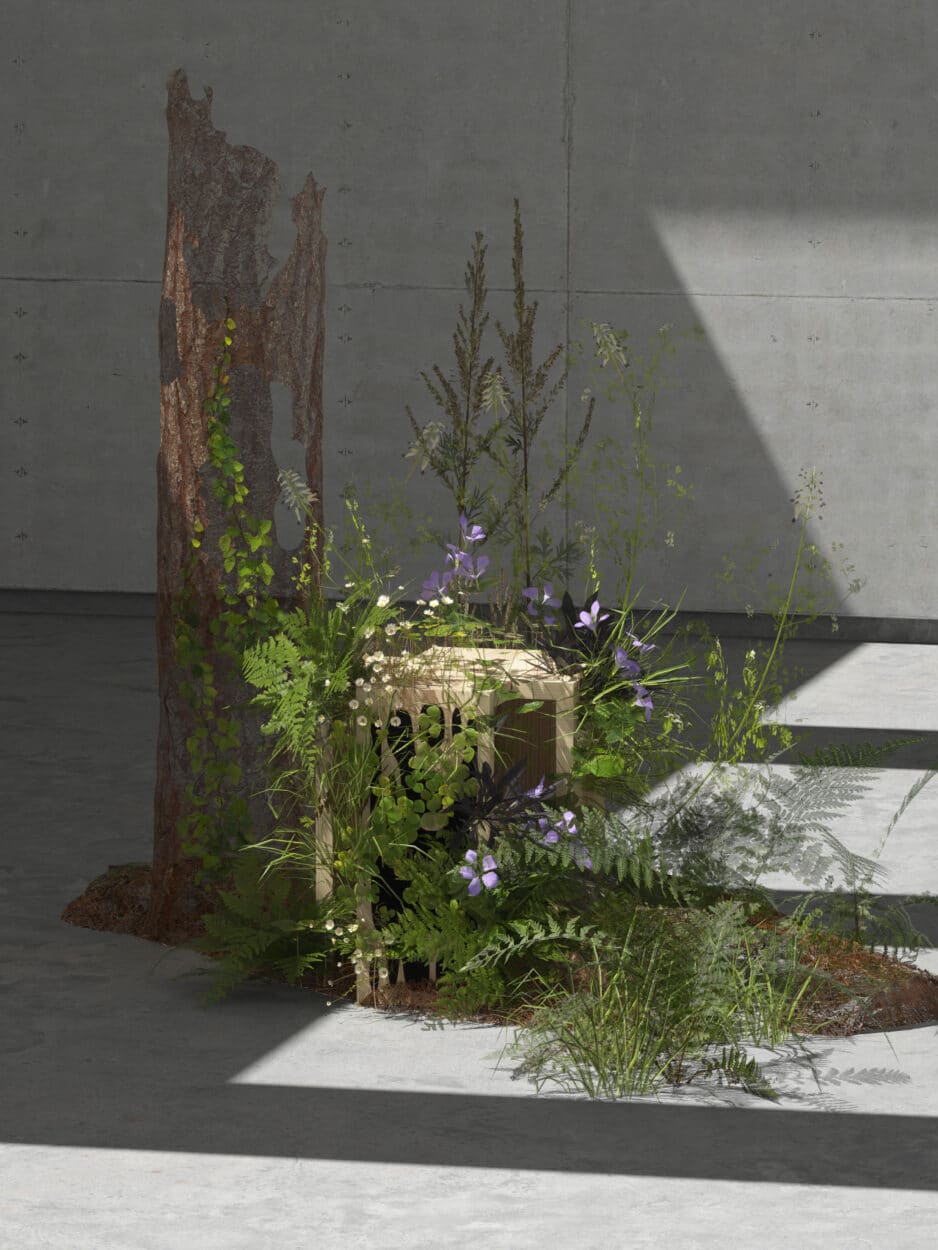The designer behind SYNC MODE uses AR technology and his ORIGIN_XXX series to convey a message about the city’s history to the younger generation.
At the Stockholm Furniture Fair, 27-year-old designer Youran Song, founder of SYNC MODE, displayed a series of functional objects handcrafted from pine that can be used as seating, storage and lighting. The pattern on each product in the ORIGIN_XXX series is individually generated by a program and linked in Augmented Reality to a different environment. Through his series, he attempts to convey a message about the history of Shanghai and the need for nature within our cities. He compares his childhood to that of his parents who tell stories of climbing trees and collecting seashells when the tide was low. In contrast, he recalls riding the subway with friends after school to go to game centers and malls. At a spot where he would come across a crane machine in the mall maze, his father had once found enormous crawfish. The designer describes his memories of youth as being woven between glass facades and concrete, stating the baseline of Shanghai’s nature-city balance has degenerated.
In our interview with the designer, we learn more about the message behind the ORIGIN_XXX series and how Shangai had once been one of the greenest cities yet became a high-rise city in a short period of time. While he points to two negative aspects of this change, he also highlights the positive points that make the city what it is today, a hub for innovations and good times.
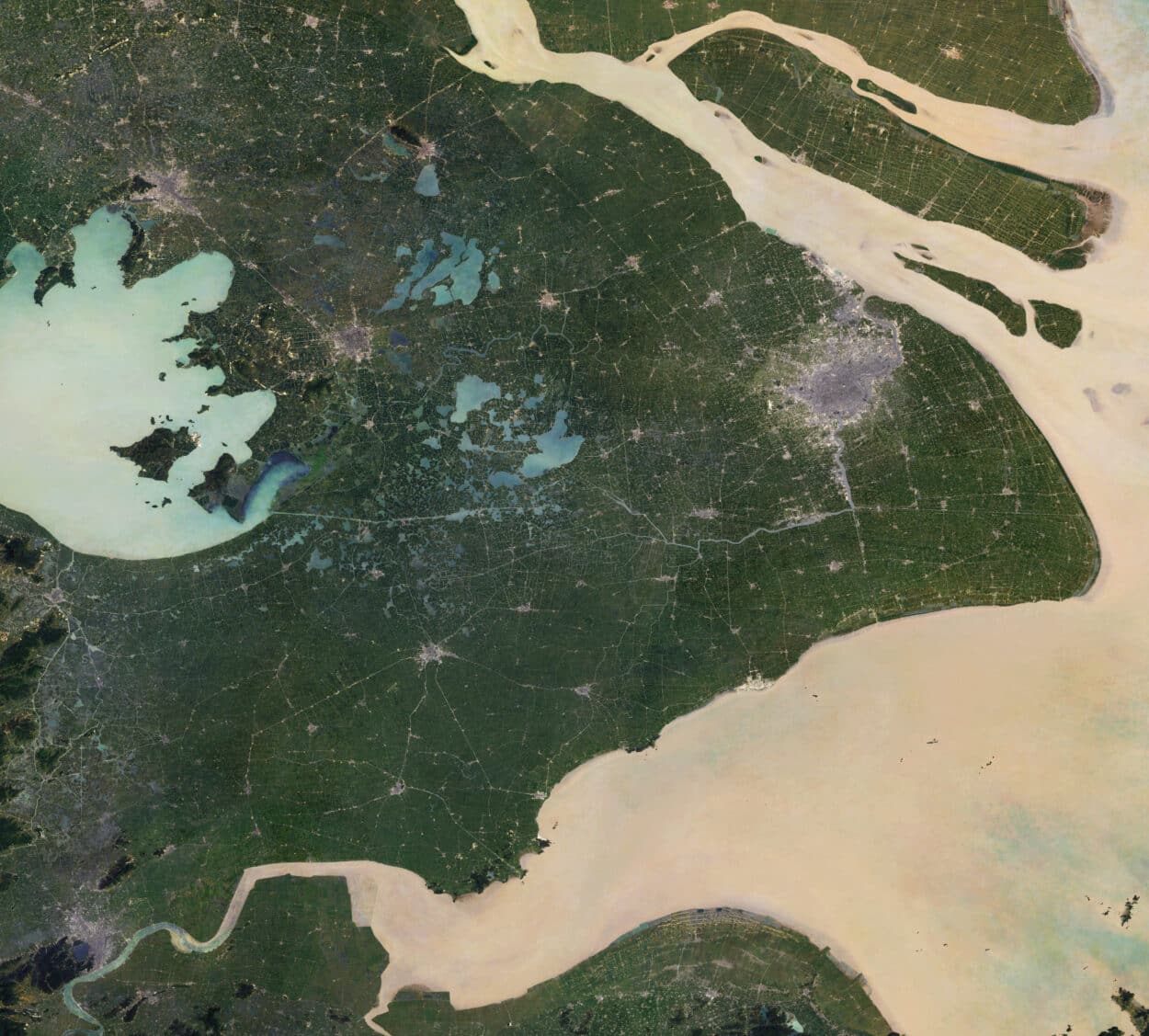
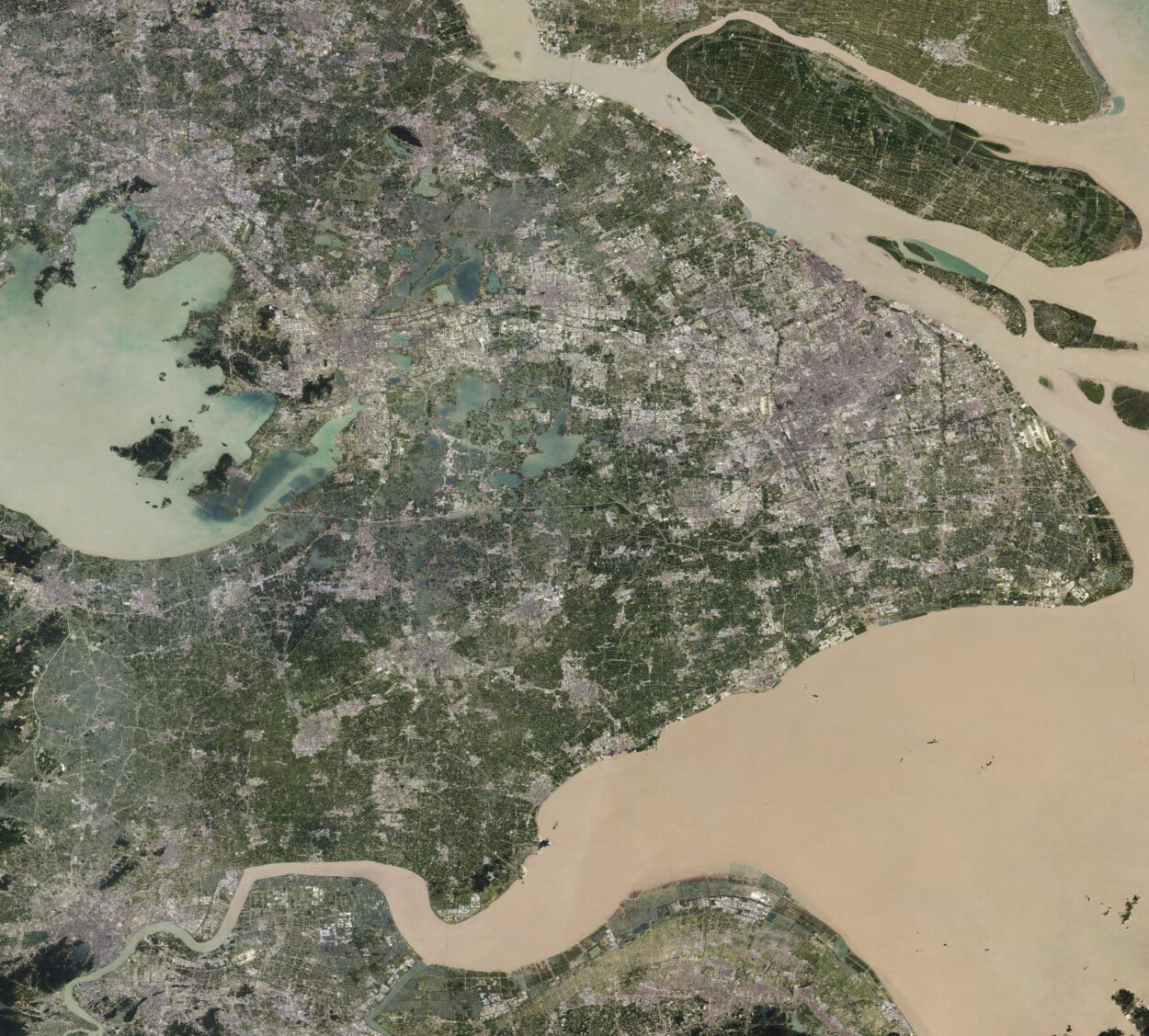

Photographs courtesy of Liu Heung Shing
ArchiExpo e-Magazine: Tell us about yourself.
Youran Song: I’m 27 years old and come from Shanghai, China. I recently finished my Product Design BA at Weissensee Academy of Art Berlin.
ArchiExpo e-Magazine: We’d like to hear about your experiences in Shanghai and the stories of your parents. What do they think about Shanghai now?
Youran Song: Even when I was in high school, 10 years ago, there were unused land and patches of fields around the campus. Now the school has a direct entrance to the subway, and several shopping malls have been built around it. So, from my perspective, the city has expanded very fast and filled every piece of land with buildings. In the newly built sectors, the buildings are even taller and the roads even wider.
For my parents’ generation, the environment got worse and then better. When they were children, the air was fresh and the rivers were clean. Then the factories came. Before 1993, there were a lot of factories that emitted air and water pollution day and night. There was also no planning for residential areas and infrastructure for communities like parks.
What both generations can agree on is that transportation has become much more convenient. What used to take four hours now only takes one. One metro line became nineteen. But even with nineteen lines, the metro is still very crowded. So now there’s a comeback of bicycles, and in the areas where I ride, the bike lanes are wide and well-maintained.
There’s a comeback of bicycles. The bike lanes are wide and well-maintained.
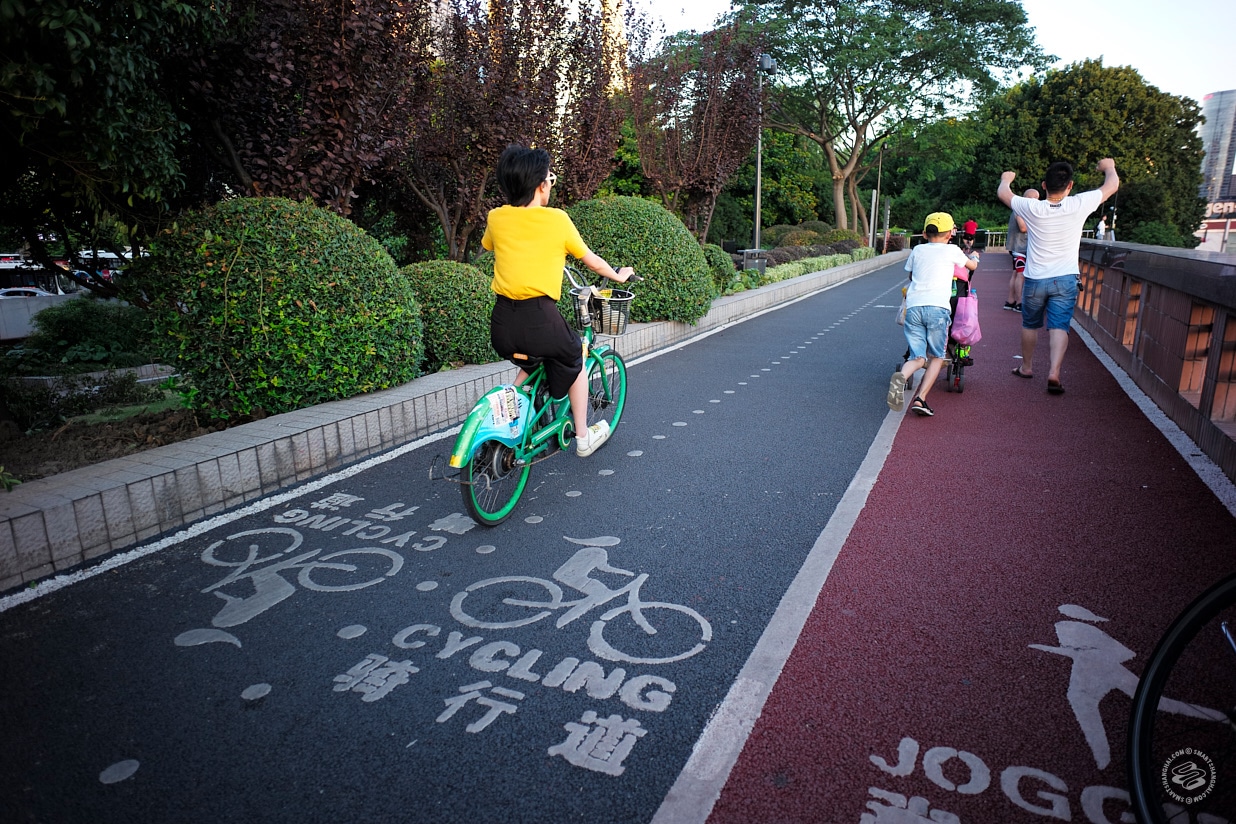
ArchiExpo e-Magazine: Why has Shanghai changed so much over the last three or four decades? What were the objectives of this change? What are some positive and negative aspects of this change?
Youran Song: Economic growth has attracted a lot of people to Shanghai. Compared with 14 million in 1996, the city now has 25 million people. The influx of population then stimulated further development in all industries. There is obviously a goal of the Chinese government to build Shanghai into an international metropolis like it is now and let it serve as the facade of the country and show both Chinese and foreign people how prosperous China is.
The positive aspect of the development is that you can find everything in Shanghai, from food to entertainment, housing to education. The fact that new things either land in Shanghai first or are born here keeps the city cool. It’s hard to resist as a person with common desires.
There are many negative aspects as well as positive ones, but I’ll just mention two here. The first is what I tried to emphasize with ORIGIN_XXX: the degradation of nature. Older people in Shanghai don’t see it as a terrible change, because compared to life 30 years ago, life now is just so much better. But my point is that nature should be part of a sustainable, enjoyable and even better life in the future.
Second, the gap between rich and poor is widening. Young people go out and enjoy the night view of the Bund, have expensive drinks and party all night, and then go back to the 12 sqm rented room. The younger generation work long hours for low wages. We don’t have extra energy to think about nature or a sustainable city when we don’t even have a work-life balance.


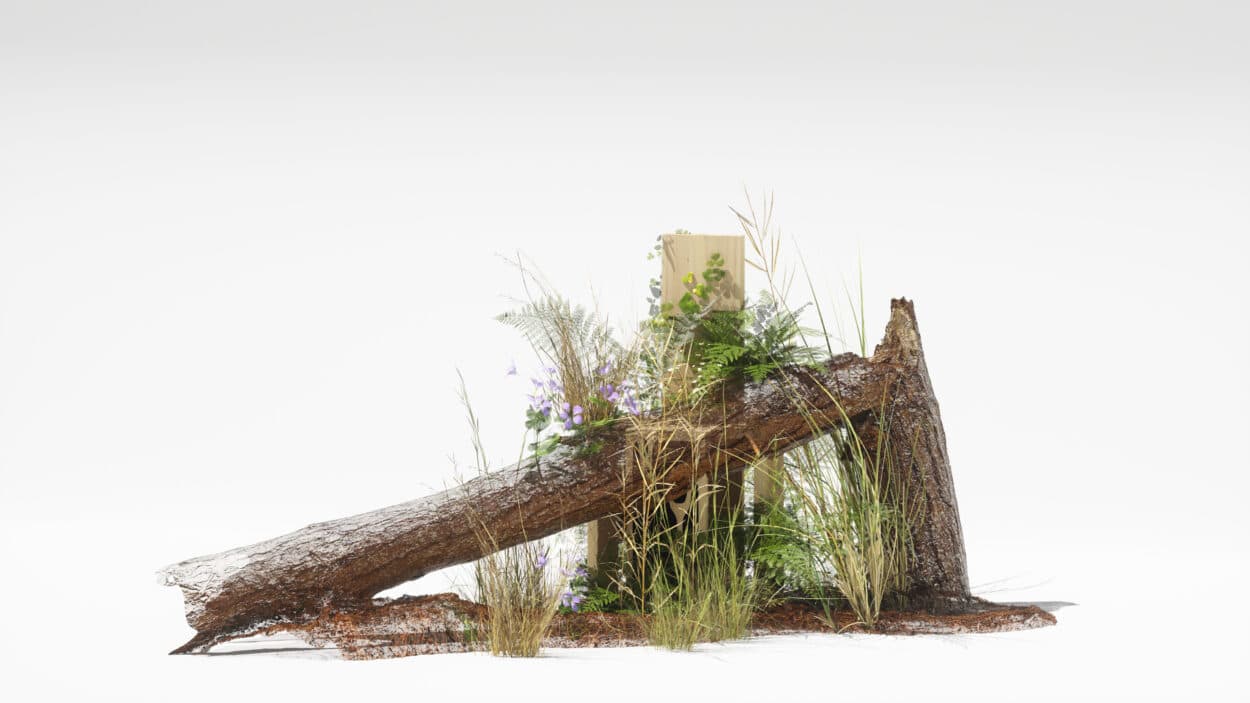
ArchiExpo e-Magazine: On your website, you state, “In just one generation, the baseline of Shanghai’s nature-city balance has degenerated from forests—.” In which decade did this drastic change occur? Do you know why or how this change occurred so quickly?
Youran Song: I would say between the 1970s and 2000s. I’m not in a position to say why or how it happened so fast, there are a lot of studies on this topic, but government funding and planning, and trading with overseas companies definitely contributed to it.
ArchiExpo e-Magazine: Now that society is pushing for greener cities, what might the older generation say? How can we explain such an aggressive switch from greenery to full-blown cities complete with glass facades and concrete to our return to green?
Youran Song: Even the older generation would say yes to more green. Although my grandparents’ generation doesn’t “appreciate” nature the way we do, because back then they were trying to make a living in nature, whereas now it feels like the other way around. For them, there were lots of trees and the air was clear, but it was also very inconvenient, dirty and dangerous. City people appreciate greenery, but it’s considered a real luxury because the land is so expensive. You are considered a really rich person if you have an apartment with a garden in the city center. I think the path of development from green to concrete to green again is natural. We are always looking for balance, and in the beginning, it is easy to go from one extreme to the other. But now I think it is time for Shanghai to slow down, take a deep breath and put nature back into the future city plan.
ArchiExpo e-Magazine: What exactly is ORIGIN_XXX as a product and how did you construct it? How do you use AR technology with this product to convey your message?
Youran Song: ORIGIN_XXX is a series of functional objects that can be used as seating, storage and lighting. They are all handcrafted pine pieces with very minimalistic visual language. The form resulted from the effort to cut as little material as possible. AR technology was used to project a fraction of the material’s origin directly onto the product so that a price tag no longer obscures the pricelessness of nature. The pattern on each product is individually generated by a program and linked in AR to a different environment, restoring the uniqueness of the material as a life form before it is processed into a uniform size.
At the Stockholm Furniture Fair, the message was well received by visitors of all ages. Students were particularly attracted to the AR and then showed interest in the background story, which confirmed my idea of using technology to bridge the information gap between generations.

